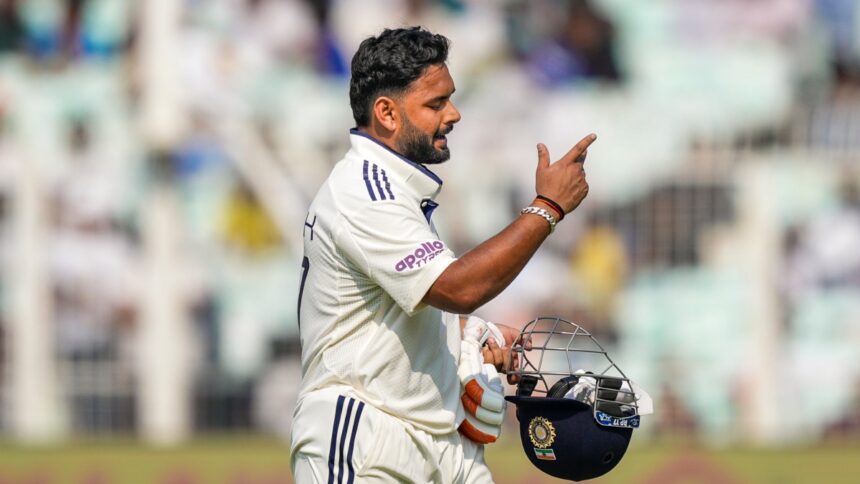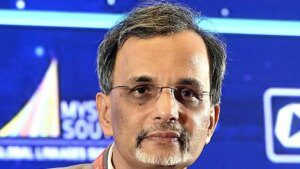New Delhi: India’s recent defeats in home Test matches have sparked discussions regarding the apparent scarcity of specialist Test batters in the squad.
This situation may indeed reflect a broader trend. With the Indian Premier League (IPL) and T20 cricket emerging as favorites among fans, Test cricket often struggles to capture public attention. Memorable encounters like the Oval Test between India and England, the Gabba Test featuring Australia against the West Indies, and the Lord’s Test once again between India and England have emphasized the enduring allure of Test cricket.
The format serves as a rigorous examination of a player’s character, patience, and skills over an extended duration of five days, consisting of 15 sessions and approximately 30 hours. A single poor session can dramatically alter the outcome of a game, underscoring the need for consistency over a protracted period.
However, T20 cricket, characterized by its rapid pace and excitement, has taken precedence in marketing the sport. This was evident during the Asian Games and will also influence cricket’s anticipated return to the Olympics in 2028, after a hiatus of 128 years.
T20’s emphasis on aggressive batting impacts players’ techniques. In this format, batters often seek boundaries without considering the risk of dismissal. In contrast, Test cricket prioritizes patience, encouraging batters to carefully navigate challenging periods and avoid reckless strokes.
While Indian batters are technically proficient, the number of players specializing in the Test format is dwindling, a trend observed globally. Icons like Rahul Dravid, Sachin Tendulkar, Brian Lara, Cheteshwar Pujara, Joe Root, and Steve Smith exemplified this class of Test cricket. Smith, with his unconventional technique, remains a remarkable example of talent in the Test arena.
Modern cricketers, however, do not seem to embody the same caliber as their predecessors. Although current pitches favor bowlers in producing results in the World Test Championship, it invites comparisons to the conditions of the past and the quality of bowlers that dominated, including legends like Shane Warne, Glenn McGrath, and Dale Steyn.
Analyzing India’s domestic batting lineup reveals that KL Rahul and Shubman Gill potentially fit the mold of pure Test batters. In contrast, players like Yashasvi Jaiswal, Rishabh Pant, Washington Sundar, and Dhruv Jurel primarily embody the qualities of aggressive stroke-makers, which may not be conducive to Test cricket’s fundamental requirements.
Despite the presence of domestic players who suit the longer format, many are overlooked for national selection. Examples include Mayank Agarwal, Ajinkya Rahane, and Abhimanyu Easwaran. Karun Nair, once regarded as a promising candidate, has struggled to replicate his domestic success on the international stage.
India’s recent losses not only highlight a decline in specialist Test batters but also realign with a global trend affecting the cricketing landscape.










